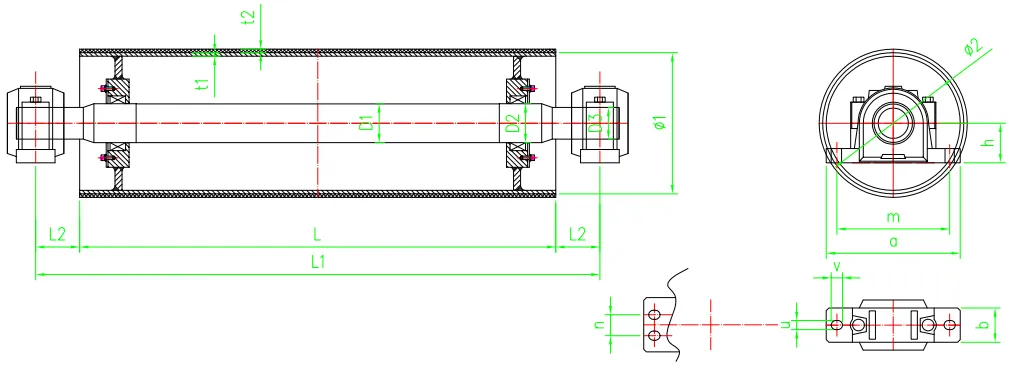 Afrikaans
Afrikaans  Albanian
Albanian  Amharic
Amharic  Arabic
Arabic  Armenian
Armenian  Azerbaijani
Azerbaijani  Basque
Basque  Belarusian
Belarusian  Bengali
Bengali  Bosnian
Bosnian  Bulgarian
Bulgarian  Catalan
Catalan  Cebuano
Cebuano  Corsican
Corsican  Croatian
Croatian  Czech
Czech  Danish
Danish  Dutch
Dutch  English
English  Esperanto
Esperanto  Estonian
Estonian  Finnish
Finnish  French
French  Frisian
Frisian  Galician
Galician  Georgian
Georgian  German
German  Greek
Greek  Gujarati
Gujarati  Haitian Creole
Haitian Creole  hausa
hausa  hawaiian
hawaiian  Hebrew
Hebrew  Hindi
Hindi  Miao
Miao  Hungarian
Hungarian  Icelandic
Icelandic  igbo
igbo  Indonesian
Indonesian  irish
irish  Italian
Italian  Japanese
Japanese  Javanese
Javanese  Kannada
Kannada  kazakh
kazakh  Khmer
Khmer  Rwandese
Rwandese  Korean
Korean  Kurdish
Kurdish  Kyrgyz
Kyrgyz  Lao
Lao  Latin
Latin  Latvian
Latvian  Lithuanian
Lithuanian  Luxembourgish
Luxembourgish  Macedonian
Macedonian  Malgashi
Malgashi  Malay
Malay  Malayalam
Malayalam  Maltese
Maltese  Maori
Maori  Marathi
Marathi  Mongolian
Mongolian  Myanmar
Myanmar  Nepali
Nepali  Norwegian
Norwegian  Norwegian
Norwegian  Occitan
Occitan  Pashto
Pashto  Persian
Persian  Polish
Polish  Portuguese
Portuguese  Punjabi
Punjabi  Romanian
Romanian  Russian
Russian  Samoan
Samoan  Scottish Gaelic
Scottish Gaelic  Serbian
Serbian  Sesotho
Sesotho  Shona
Shona  Sindhi
Sindhi  Sinhala
Sinhala  Slovak
Slovak  Slovenian
Slovenian  Somali
Somali  Spanish
Spanish  Sundanese
Sundanese  Swahili
Swahili  Swedish
Swedish  Tagalog
Tagalog  Tajik
Tajik  Tamil
Tamil  Tatar
Tatar  Telugu
Telugu  Thai
Thai  Turkish
Turkish  Turkmen
Turkmen  Ukrainian
Ukrainian  Urdu
Urdu  Uighur
Uighur  Uzbek
Uzbek  Vietnamese
Vietnamese  Welsh
Welsh  Bantu
Bantu  Yiddish
Yiddish  Yoruba
Yoruba  Zulu
Zulu Understanding the Functionality and Maintenance of Tail Pulley Take-Up Systems in Conveyor Installations
Understanding the Importance of Tail Pulley Take-Up in Conveyor Systems
In industrial settings, conveyor systems play a crucial role in the transportation of materials, improving efficiency and productivity. One of the lesser-known yet vital components of these systems is the tail pulley take-up. This component is essential for maintaining optimal tension in the conveyor belt, which directly influences the performance and longevity of the system.
What is a Tail Pulley Take-Up?
A tail pulley take-up refers to the mechanism or device that adjusts the tension of the conveyor belt as it passes around the tail pulley at the end of the conveyor line. The tail pulley itself is crucial as it serves as the support for the return side of the belt, while the take-up allows for the adjustment of belt length. This adjustment is necessary due to various factors, including belt wear, temperature changes, and material load variations.
Tail pulleys can be equipped with different types of take-up systems, which generally fall into two categories manual and automatic. Manual take-ups require operators to adjust the tension by hand, often using a threaded rod or similar mechanism. On the other hand, automatic take-ups utilize springs or hydraulic systems, adjusting the tension dynamically to maintain the optimal belt tension without user intervention.
The Role of Take-Up in Conveyor Operation
Maintaining the correct belt tension is vital for several reasons. First and foremost, it ensures a smooth and efficient operation of the conveyor system. If the belt is too loose, it can slip off the pulleys, leading to downtime for repairs and loss of productivity. Conversely, if the belt is too tight, it can lead to increased wear on both the belt and the drive components, potentially resulting in premature failure.
tail pulley take up

Moreover, optimal belt tension is essential for load handling. A well-tensioned belt distributes loads evenly, preventing material spills and ensuring that products are transported safely and efficiently. This is particularly important in industries such as mining, food processing, and manufacturing, where the risk of spills can lead to significant safety hazards and financial loss.
Challenges and Maintenance
Like any mechanical system, the tail pulley take-up requires regular maintenance to ensure it functions correctly. Operators must routinely check for signs of wear, such as frayed belts or misalignments, and make necessary adjustments to the take-up mechanism. Additionally, environmental factors, such as dust or moisture, can impact the drive system's performance, so keeping the area clean and well-maintained is crucial.
In terms of challenges, one common issue is the tensioning system becoming improperly calibrated over time. This miscalibration can result from changes in workload or the natural stretching of the belt. Operators should be vigilant and proactive in monitoring the system to prevent potential issues before they escalate.
Conclusion
In conclusion, the tail pulley take-up is a vital component of conveyor systems, ensuring proper belt tension that enhances performance and reduces wear. By understanding its importance, operators can make informed decisions regarding maintenance and adjustments, thereby contributing to the overall efficiency and longevity of conveyor operations. Properly maintained tail pulley take-up systems lead to smoother operations, less downtime, and ultimately, increased productivity in various industrial applications. Investing time and resources into this often-overlooked component can pay significant dividends in operational efficiency.
-
Revolutionizing Conveyor Reliability with Advanced Rubber Lagging PulleysNewsJul.22,2025
-
Powering Precision and Durability with Expert Manufacturers of Conveyor ComponentsNewsJul.22,2025
-
Optimizing Conveyor Systems with Advanced Conveyor AccessoriesNewsJul.22,2025
-
Maximize Conveyor Efficiency with Quality Conveyor Idler PulleysNewsJul.22,2025
-
Future-Proof Your Conveyor System with High-Performance Polyurethane RollerNewsJul.22,2025
-
Driving Efficiency Forward with Quality Idlers and RollersNewsJul.22,2025





























